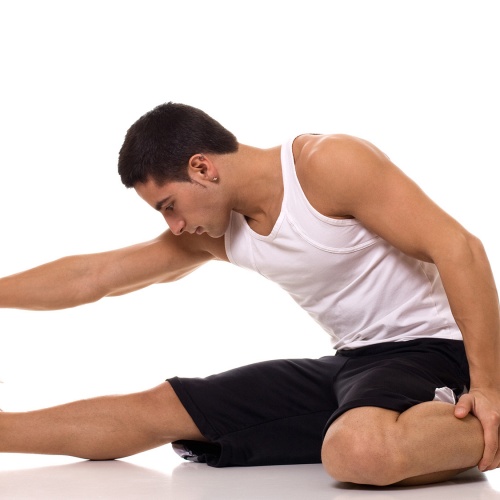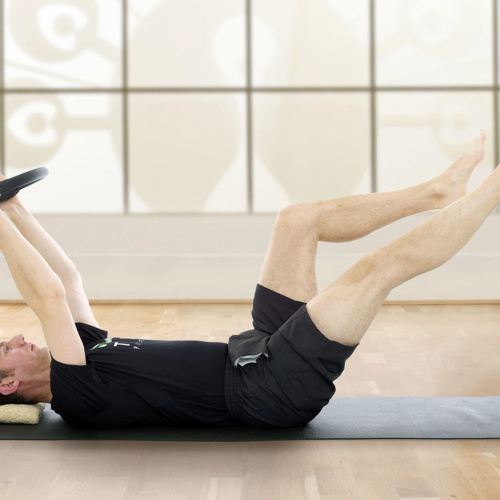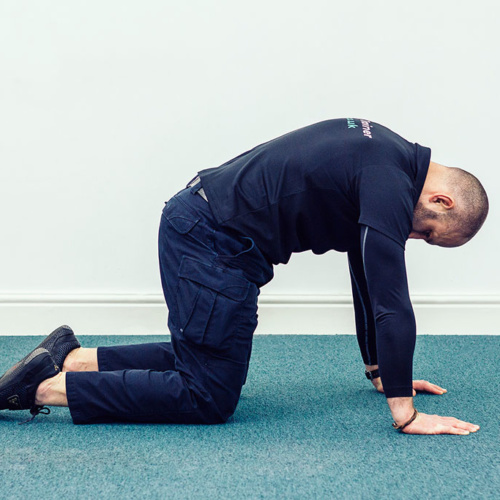Most people understand the importance of maintaining the appropriate level of flexibility in their daily lives to avoid musculoskeletal imbalance (particularly reduced/movements in the joints, tightness and reduced range in the muscles) leading to discomfort, pain and ultimately, debilitating injury.
However it’s also possible to over-stretch, with the resulting risk of muscle, tendon or ligament damage. Also, too much flexibility – hypermobility – can be detrimental in itself. The muscles, ligaments or tendons that normally stabilise and control joints can become lax and are then unable to provide the support the joints need, causing them to become unstable.
Striking the right balance between the two involves ensuring that the stretches you do are designed around your lifestyle – the work you do, the exercise you take, your capabilities, and any inherent injuries or imbalances.
However, recent years have seen many exercise clubs, gyms or studios offering group stretch based classes. They come with a range of names, but in my experience they generally share many similarities to the principles commonly seen in Yoga.
I see 3 main problems with this kind of stretching programme:
1. Yoga was invented a long time ago for people who lived very differently. They stood, squatted, or reclined. They generally didn’t sit much, if they did, it was cross-legged. And they didn’t work at desks or computers. As a result, they generally had naturally neutral upright spines and immaculate posture.
By contrast, we sit too much, and we do it badly; slouching forward, rounding our backs, poking our chins forward, rounding our shoulders and shortening the muscles in the front of our hips. (In short; a postural car-crash)
Unfortunately, in my opinion, too few of these stretch classes address the fairly fundamental gap between the programmes’ millennia-old underlying principles and the needs of their modern audiences.
All too frequently, a significant component of many of them involves bending the spine forwards and/or twisting (the most vulnerable position for nerve compression from the discs of the lower back) There’s usually a much smaller amount of bending backwards. Consequently, these programmes can exacerbate the pressures created by the flexion forces of the modern “slouch”.
2. We are drawn to the things we are good at, and that we find comparatively easy. So more often than not, the people who participate most in stretch-based programmes generally need it least. They are often already hypermobile, and it’s not more stretching that they need but more stabilization and strengthening; without this they risk increased wear and tear on the joints, ultimately risking osteoarthritis and pain.
(Ironically, stretching next to someone who’s hypermobile can have it’s own risks. Seeing what they can do, it’s easy to think that you’re not going far enough yourself, and force a stretch further than your body will naturally go.)
3. With any new programme, you need to ensure that you ease your way in, giving the body time to adapt to the new movements or training to educe the risk and incidence of injury. However, many modern gyms/studios offer a 1 month or 6 week all-inclusive package, designed, to get you to come as often as possible at the start in an attempt to convert you long term. It’s good for them, but potentially not so good for you.
As a Physio, many of the injuries I treat are the result of stretching too hard, too fast, in the wrong environment or in the wrong direction. These injuries range from simple muscle strains or ligament sprains to torn cartilage/meniscus and severe disc prolapses with nerve compression in the spine.
Often these patients had an underlying weakness or smaller injury. And while their stretch programme wasn’t the exclusive cause of their injury, it was the straw that broke the camel’s back.
My best recommendation would be to try are reverse the pressures that are created by your own body as a result of your lifestyle, not someone else’s.
And the best way to do that is to make your stretching part of part of a balanced overall exercise routine, designed by a highly experienced, specialist instructor specifically for you and the way you live, around your capabilities, injuries and pathology. (If you are unsure as to whether a programme is right for you, consult an expert sports Physio.)
Failing that, there are a few basic principles to bear in mind. If you sit too much (95% of western adults do) your stretching should reverse the resulting stresses and postural imbalances. It should focus on the hip flexors, hamstrings, pectoral muscles and bending your spine backwards into extension.




